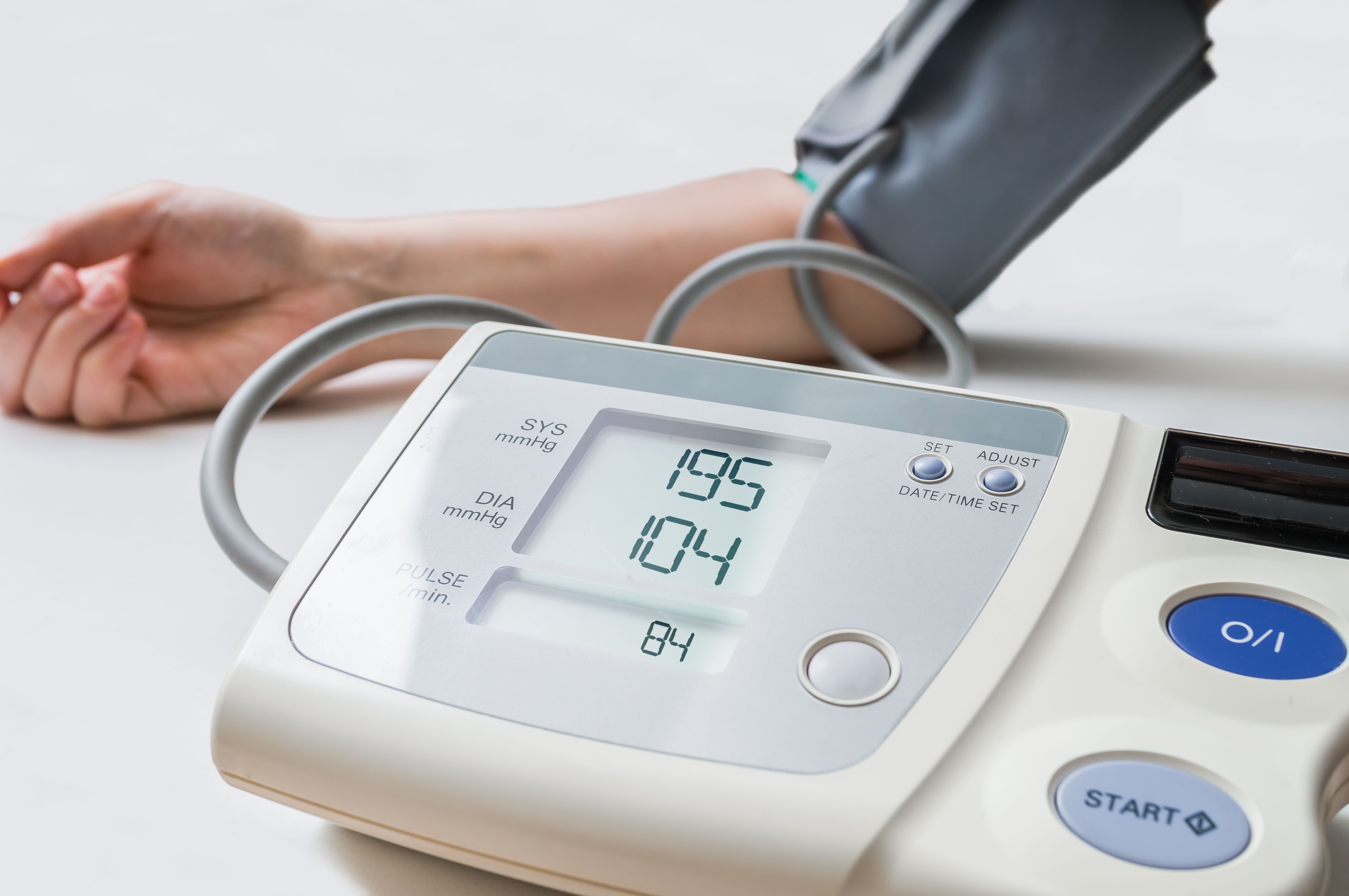Article
Hypertension Awareness High in U.S., but Control Still Lags
Author(s):
The rates for hypertension diagnosis, treatment and control are still falling short of goals despite awareness programs, researchers report.
(©VChalup,AdobeStock)

Awareness of the prevalence of hypertension has increased substantially over the past 40 years in high-income countries, as has treatment and control of the condition. But, the level of control falls short of rates seen in dedicated hypertension programs, and it’s stagnating, according to research published last month in The Lancet.
This is the conclusion of an analysis conducted by Bin Zhou, Ph.D., of the Imperial College of London. His goal was to determine the prevalence of hypertension, the proportion of patients currently taking hypertension medication, and how well the condition is being managed.
“There has been substantial improvement in hypertension awareness, treatment, and control in high-income countries since the 1980s and 1990s, most of which was achieved in the late 1990s and early 2000s,” Dr. Zhou and colleagues wrote. “Even in the best performing countries, the rates fall short of those achieved in high-quality hypertension programs, such as the Kaiser Permanente Northern California hypertension program. There is a need for strategies that further improve the diagnosis, treatment, and control of hypertension in high-income countries.”
According to study results, Canada, Germany, South Korea, and the United States have the highest rates of awareness, treatment, and control. Conversely, Finland, Ireland, Japan, and Spain have the lowest. Australia, Italy, New Zealand, and the United Kingdom were also included.
The study analyzed survey data collected from 526,335 individuals in 123 national health examination surveys from 12 high-income countries, focusing on individuals from ages 40-79. Patients were grouped by gender and 10-year age groups, and researchers focused on whether individuals were informed they had hypertension and whether they had been prescribed medication. They defined hypertension as systolic blood pressure of at least 140 mm/Hg, diastolic blood pressure of at least 90 mm/Hg, or being on prescribed hypertension medication.
Based on analyses, hypertension awareness rates began raising in the 1980s and continued through the late 1990s and early 2000s. The United States initially had the highest awareness rates with more than 50 percent in each age group and those levels have been largely maintained. Additionally, the United Kingdom and South Korea made significant improvements in awareness during the same time period. But, there has been very little improvement since then. The only increase in hypertension prevalence occurred with South Korean men and women ages 70-to-79.
Much of the augmentation in awareness, treatment, and control in high-performing countries can be attributed to increased use and compliance with clinical guidelines surrounding hypertension. Lowering the threshold for diagnosing and treating hypertension to 140/90 mm/Hg and improving identification of patients with stage 2 hypertension - systolic blood pressure at least 160 mm/Hg or diastolic blood pressure at least 100 mm/Hg - are largely responsible for progress. Newer, more effective drugs, such as renin-angiotensin system inhibitors and calcium-channel blockers, and fixed-dose therapies also facilitated treatment and helped many patients get the condition under control.
Countries with lower awareness, treatment, and control rates frequently recommend lifestyle changes as a first-line therapy effort, reserving medication as a later option. Additionally, some countries have a higher threshold for defining hypertension, so patients with 140/90 mm/Hg are less likely to receive intervention. Healthcare systems could also make it harder for patients to contact and communicate with their providers, making blood pressure checks less common.
Overall, the researchers say, these study results highlight the importance of incorporating and implementing clinical guidelines for hypertension. When these recommendations are in place, awareness, treatment, and control flourish.
There’s still a need for efforts that can continue to push hypertension management, they say. For example, more fixed-dose combination therapy can bolster control rates, and increasing contact with healthcare systems can increase diagnosis and treatment possibilities, particularly among population groups most at risk for hypertension.
REFERENCE
NCD Risk Factor Collaboration (NCD-RisC). “Long-term and recent trends in hypertension awareness, treatment, and control in 12 high-income countries: an analysis of 123 nationally representative surveys.”The Lancet. Published online July 18, 2019. http://dx.doi.org/10.1016/S0140-6736(19)31145-6





